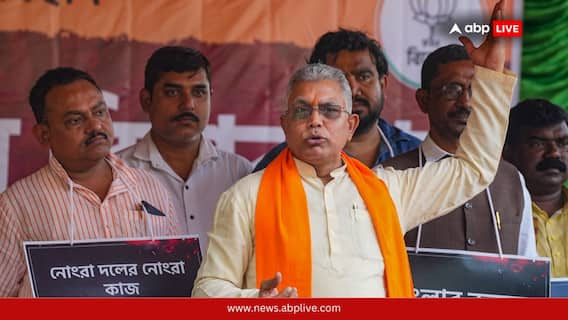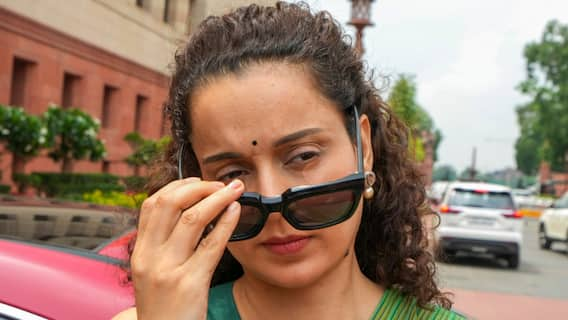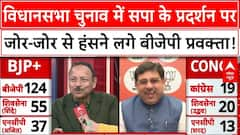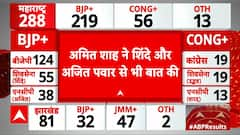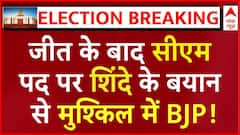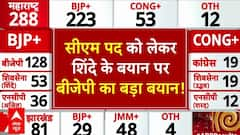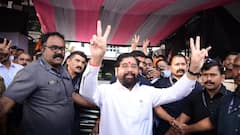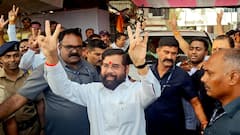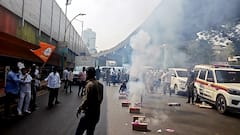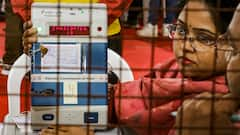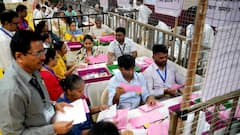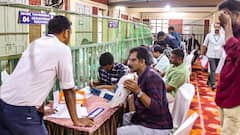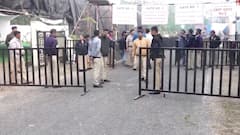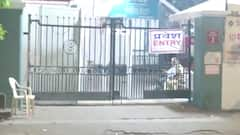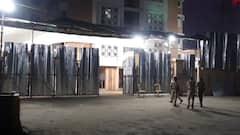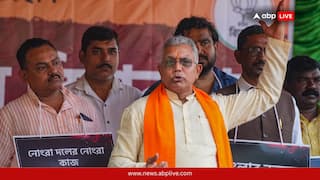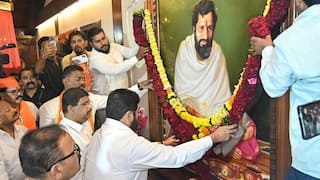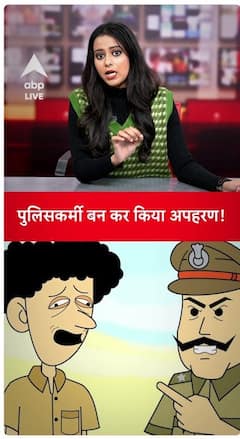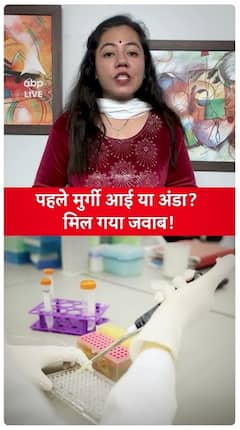(Source: ECI/ABP News/ABP Majha)
ABP News-CVoter Opinion Poll: Is Oppn Bid To Make Electoral Bonds An Issue In LS Polls Working?
Ahead of the Lok Sabha polls, the opposition has targeted the ruling BJP party on several issues, the most recent being the election donations issue.

In a run-up to the Lok Sabha elections, the opposition has found several ways to launch attacks at the ruling Modi government and one of them was highlighting the issue of electoral bonds. Congress accused the BJP of exploiting the bonds for its benefit, receiving substantial funds from companies who donated via the electoral bonds. Meanwhile, the Election Commission on Thursday released a detailed list of the Electoral bonds based on the details disclosed by SBI, following the Supreme Court deadline. The lists were revealed after the Supreme Court directed SBI to share data with the Election Commission to ensure transparency and accountability in political funding.
When ABP News conducted a survey in association with CVote to know whether the opposition is getting success in making election donations an issue ahead of the Lok Sabha polls, it was found that a total of 32.7 percent of the respondents found it to be true. Out of this, 42.0 percent backed the opposition and 23.4 percent backed the NDA.
A total of 39.2 percent of the respondents did not think that the opposition was gaining success from making electoral bonds an issue. Out of this, 50.9 percent were supporters of NDA and 27.5 percent of them backed the opposition.
28.2 percent of the respondents chose not to say anything or did not know anything. Out of this, 25.8 percent were supporters of NDA and 30.5 percent of them backed the opposition.

[Disclaimer: Current survey findings and projections are based on CVoter Opinion Poll Computer Assisted Telephone Interview (CATI) conducted among 41,762 adults, all confirmed voters. The surveys were conducted from February 1 to March 10, 2024. The data is weighted to the known demographic profile of the States. Sometimes the table figures do not sum to 100 due to the effects of rounding. The final data has socio-economic profiles within +/- 1% of the demographic profile of the states. We believe this will give the closest possible trends. The sample spread is across all 543 electoral constituencies in the country. The margin of error is +/- 5% and the vote share projections have been done with 95% confidence interval.]
Top Headlines
Trending News



